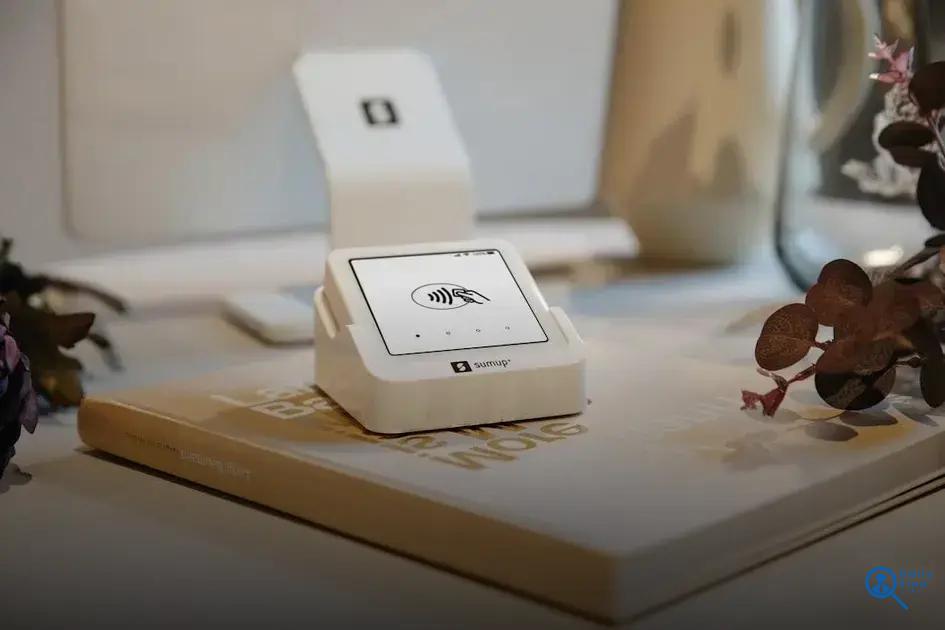Saying no at work without feeling guilty is a crucial skill in maintaining professional and personal balance. Often, employees struggle with setting boundaries, fearing repercussions or the discomfort of refusing colleagues or supervisors. However, understanding when and how to say no can lead to increased productivity and job satisfaction. In this article, we’ll explore several strategies that make saying no a positive experience for both you and your workplace environment.
Understanding the Importance of Saying No
In the fast-paced environment of the workplace, understanding why it’s crucial to say no can be a game-changer. Often, employees feel overwhelmed due to the inability to decline additional tasks, which can lead to stress and burnout. Recognizing when to say no can safeguard one’s well-being and enhance productivity.
Setting priorities is vital. By clearly defining what tasks are of utmost importance, individuals can focus on what truly matters. This process not only helps in meeting critical deadlines but also improves the quality of work delivered.
Saying no allows employees to maintain professional boundaries. It ensures that they do not overcommit and can perform at their best without compromising their personal lives.
Furthermore, it fosters respect among colleagues and supervisors. When individuals confidently communicate their limits, it demonstrates assertiveness and self-awareness, which are valued traits in any professional setting.
Ultimately, understanding the significance of saying no can lead to a healthier work-life balance, allowing individuals to take charge of their workload and develop a more sustainable work routine.
Effective Communication Strategies
Mastering effective communication strategies is crucial when you want to say no at work without feeling guilt. To convey your message clearly, active listening plays a vital role. By understanding your colleague’s perspective, you can express your refusal in a considerate manner.
Using “I” statements helps to make your communication personal and non-confrontational. For instance, instead of saying, “I can’t help you,” try, “I have other commitments that prevent me from taking this on right now.” This strategy allows you to set clear boundaries while maintaining a strong working relationship.
Another effective approach is to provide a brief explanation of your inability to accept a task. Keeping it concise avoids overwhelming the other party with details. This could be a simple statement like, “I am currently prioritizing a different project.” By doing so, you demonstrate transparency and fairness.
Offering alternatives can also soften the impact of saying no. Suggest other resources or colleagues who might be available to help. This keeps the workflow intact and shows that you are solution-oriented, rather than dismissive.
Finally, always convey politeness and gratitude. Thank the person for considering you, and express regret for not being able to assist. This leaves the door open for future collaborations and keeps your professional relationships positive.
Overcoming the Guilt of Saying No
Feeling guilty about saying no is a common struggle, but it’s essential to overcome this guilt to maintain healthy boundaries at work. Recognizing Your Priorities can be the first step. By understanding what truly matters in your professional tasks, you make decisions that align with your goals, reducing feelings of remorse.
Reflect on Why You Feel Guilty – Often, guilt arises from wanting to please others or fear of disappointment. Reflect on these feelings, acknowledging that it’s natural, but also temporary.
Another strategy is to Focus on the Benefits of saying no. Consider how it allows you to concentrate on high-priority tasks or even personal well-being. A well-placed ‘no’ frees up your time and energy, ultimately benefiting both you and your team.
You won’t always make everyone happy, and that’s okay. It’s crucial to Let Go of the Perfectionism that often fuels guilt. Understand that it’s impossible to meet every demand without sacrificing quality or personal health.
Remember, practice helps reduce guilt over time. Each assertive ‘no’ helps build confidence, making it easier to draw the line in the future. As you refine your ability to say no, keep in mind that it’s a vital part of workplace communication that supports your professional and personal growth.
Balancing Professional and Personal Boundaries
Establishing a clear divide between work and personal life can help maintain balance and ensure well-being. Many employees struggle to draw the line, often feeling compelled to meet every request that comes their way. Setting boundaries is key to managing expectations without compromising professional relationships.
Set Clear Expectations: Communicating your boundaries explicitly can prevent misunderstandings. Make it known when you are available for work-related matters and when you are not, to foster mutual respect for work-life balance.
Prioritize Self-Care: Taking time for yourself is not just a luxury; it is a necessity. Engage in activities that replenish your energy, which in turn will enhance your professional productivity and personal happiness.
Utilize Technology Wisely: With the rise of technology, work tends to intrude into personal time more than ever. Use tools that help you manage work notifications and prioritize personal time. Set boundaries for when and how you will respond to work communications outside of office hours.
By maintaining a balance between professional and personal commitments, individuals can reduce stress and increase their overall satisfaction in both areas. It’s important to consistently enforce these boundaries to create a sustainable and healthy work-life balance.


